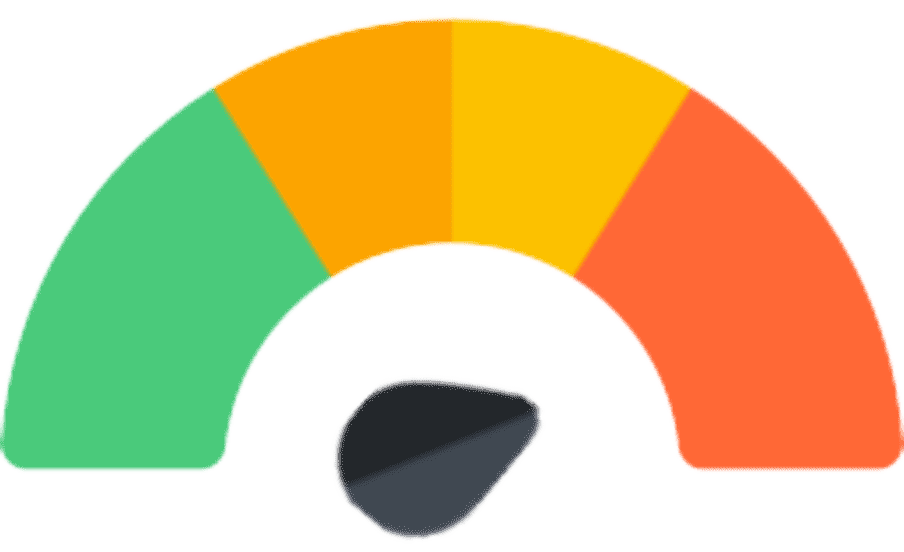(Bold for FDA approved)
 How Dex K works
How Dex K works• For agitation, the mechanism is thought to be due to activation of presynaptic alpha 2 receptors</br>
• Induces sedation by decreasing activity of noradrenergic neurons in the locus coeruleus, which in turn increases downstream activity of GABA neurons in the hypothalamic sleep center (ventrolateral preoptic area [VLPO])
• Can reduce agitation in 20–30 minutes
 Notable Side Effects
Notable Side Effects• Somnolence, oral paresthesia, oral hypoesthesia, dizziness, dry mouth
 Life Threatening Side Effects
Life Threatening Side Effects• Hypotension, orthostatic hypotension, bradycardia

unusual

problematic
• Patients should be adequately hydrated and should sit or lie down until vital signs are within normal range
• If patient is unable to remain seated or lying down, precautions should be taken to reduce the risk of falls
• Patients should be alert and not experiencing orthostatic hypotension or symptomatic hypotension prior to allowing them to resume ambulation
• Mild or moderate agitation: 120 μg
• Severe agitation: 180 μg
 Dosage Forms
Dosage Forms• Sublingual film 120 μg, 180 μg
• Dexmedetomidine sublingual was not studied for longer than 24 hours after the first dose
• Dexmedetomidine sublingual was not studied for longer than 24 hours after the first dose; there may be a risk of physical dependence and withdrawal syndrome and/ or tolerance and tachyphylaxis if it is used in a manner other than indicated
 Renal Impairment
Renal Impairment• Dose adjustment not necessary
 Hepatic Impairment
Hepatic Impairment• Vital signs, including orthostatic measurements, should be assessed prior to the administration of subsequent doses
 Cardiac Impairment
Cardiac Impairment• Avoid use in patients with hypotension, orthostatic hypotension, advanced heart block, severe ventricular dysfunction, or history of syncope
• Avoid use in patients with risk factors for a prolonged QTc interval
 Elderly
Elderly• For patients ages 65 and older, the maximum recommended initial dose is 120 μg; optional second and third doses of 60 μg can be administered at least 2 hours apart; the maximum recommended total daily dosage is 240 μg
• Vital signs, including orthostatic measurements, should be assessed prior to the administration of subsequent doses
 Children and Adolescents
Children and Adolescents• Safety and efficacy have not been established
• Sublingual dexmedetomidine is currently being studied as a treatment for agitation associated with pediatric schizophrenia (ages 13–17) and bipolar disorder (ages 10–17)
 Pregnancy
Pregnancy• Controlled studies have not been conducted in pregnant women
• Available data from published randomized controlled trials and case reports of use with intravenously administered dexmedetomidine during pregnancy indicate that dexmedetomidine crosses the placenta
• There are no available data for the use of intravenous dexmedetomidine during the first trimester of pregnancy; most data are based on studies of exposure during cesarean-section delivery; those studies did not identify an adverse effect on maternal outcomes or infant Apgar scores
• When administered to pregnant rats subcutaneously during organogenesis, fetal toxicity (increased post-implantation loss and reduced live pups) occurred in the presence of maternal toxicity (decreased body weight) at doses 5 times the maximum recommended human dose (MRHD)
• When administered to rats during late pregnancy through lactation and weaning, adverse developmental effects, including early implantation loss and decreased viability of second-generation offspring, occurred at doses less than or equal to the MRHD
 Breast Feeding
Breast Feeding• Some drug is found in mother’s breast milk
Based on data Published online by Cambridge University Press
Compiled by Dr. Jash Ajmera